H.E.S.S.

H.E.S.S. is a system of Imaging Atmospheric Cherenkov Telescopes that investigates cosmic gamma rays in the energy range from 10s of GeV to 10s of TeV. The name H.E.S.S. stands for High Energy Stereoscopic System, and is also intended to pay homage to Victor Hess.
CTAO

The Cherenkov Telescope Array Observatory (CTAO) is the next generation ground-based observatory for gamma-ray astronomy at very-high energies. It will consist of more than 100 telescopes located in the northern and southern hemispheres.
SST-1M
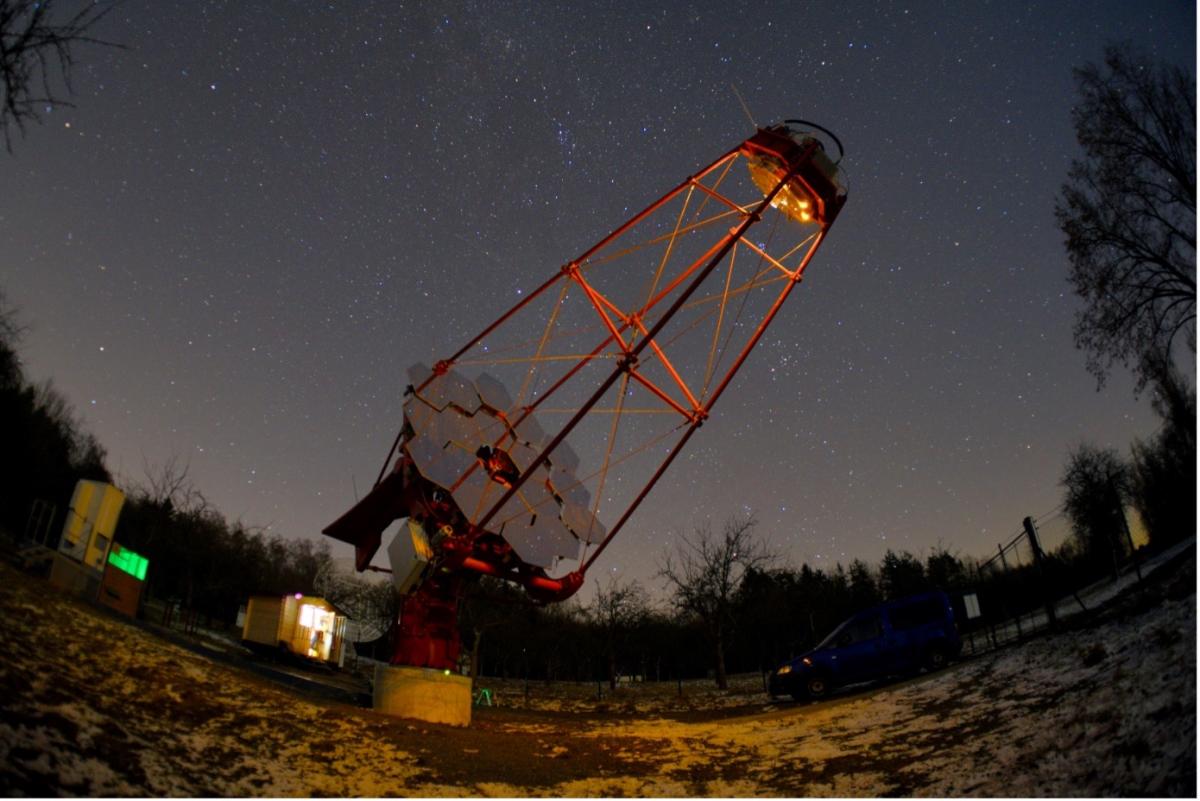
The Single-Mirror Small-Sized Telescope, or SST-1M, was originally developed as a prototype of a small-sized telescope for CTA, designed to form an array for observations of gamma-ray-induced atmospheric showers for energies above 3 TeV. A pair of SST-1M telescopes is currently being commissioned at the Ondrejov Observatory in the Czech Republic
Fermi-LAT

The Large Area Telescope (LAT) is the principal scientific instrument on the Fermi Gamma Ray Space Telescope spacecraft, named for the physicist Enrico Fermi. The LAT is an imaging gamma-ray telescope covering the energy range from about 20 MeV to more than 300 GeV.
Athena

Athena (Advanced Telescope for High ENergy Astrophysics) is the X-ray observatory mission selected by ESA to address the Hot and Energetic Universe scientific theme. This L(large)-class mission is due for launch in the second half of the 2030s.
Hyper-K

The Hyper-Kamiokande experiment is a next generation underground water Cherenkov detector. It will serve as a far detector of a long baseline neutrino experiment for the J-PARC neutrino beam, with the main focus the determination of CP violation, and will also be a detector capable of observing proton decay, atmospheric neutrinos, and neutrinos from astronomical sources.
Virgo
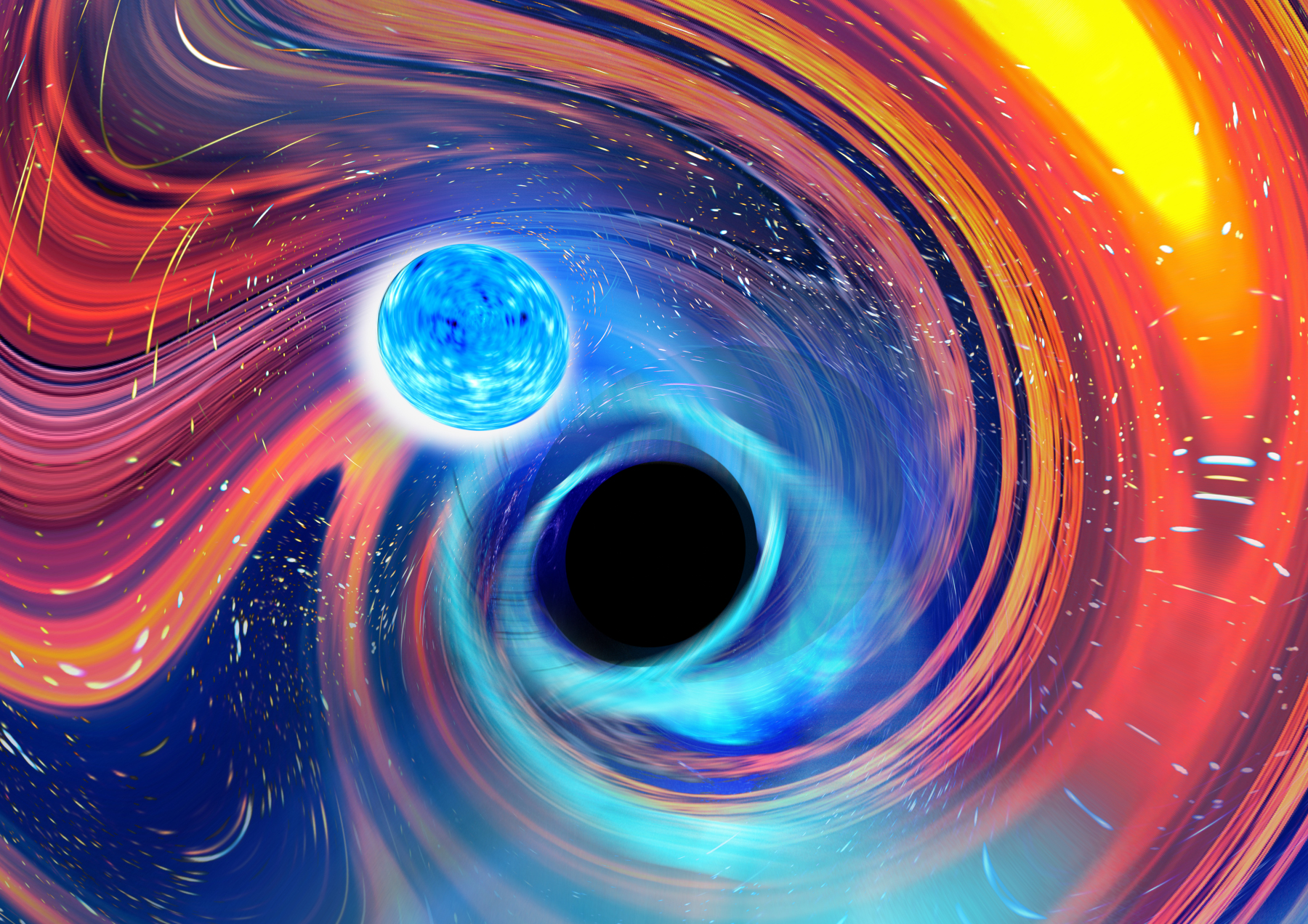
Virgo is the gravitational-wave detector, hosted by the European Gravitational Observatory (EGO). The Virgo Collaboration works together with the scientists of the LIGO Scientific Collaboration and of the KAGRA Collaboration to form the LIGO-Virgo-KAGRA (LVK) Collaboration.
ET
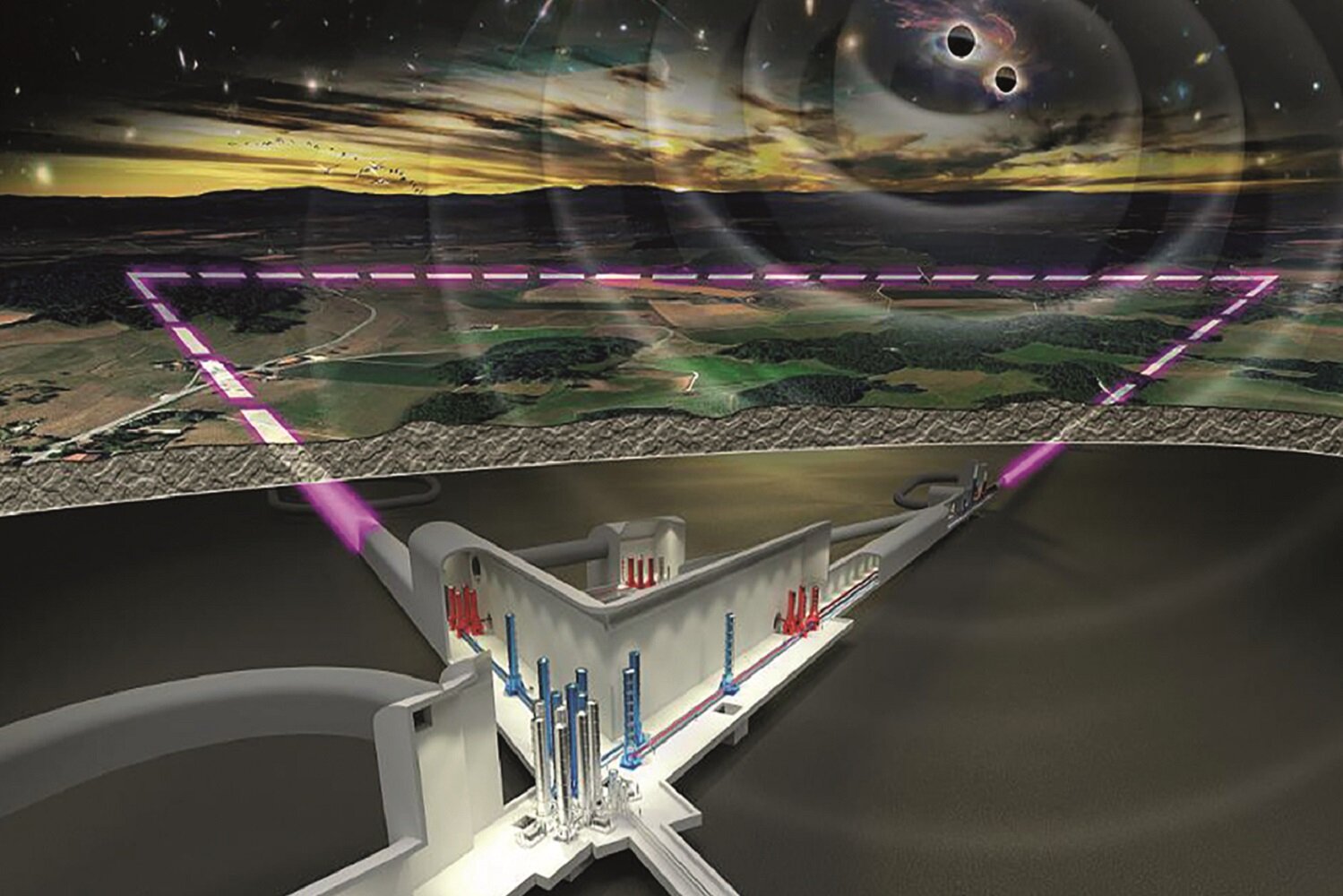
Einstein Telescope (ET) is a proposed underground infrastructure to host a third-generation, gravitational-wave observatory. It will achieve a greatly improved sensitivity by increasing the size of the interferometer from the 3km arm length of the Virgo detector to 10km, and by implementing a series of new technologies.
WERA
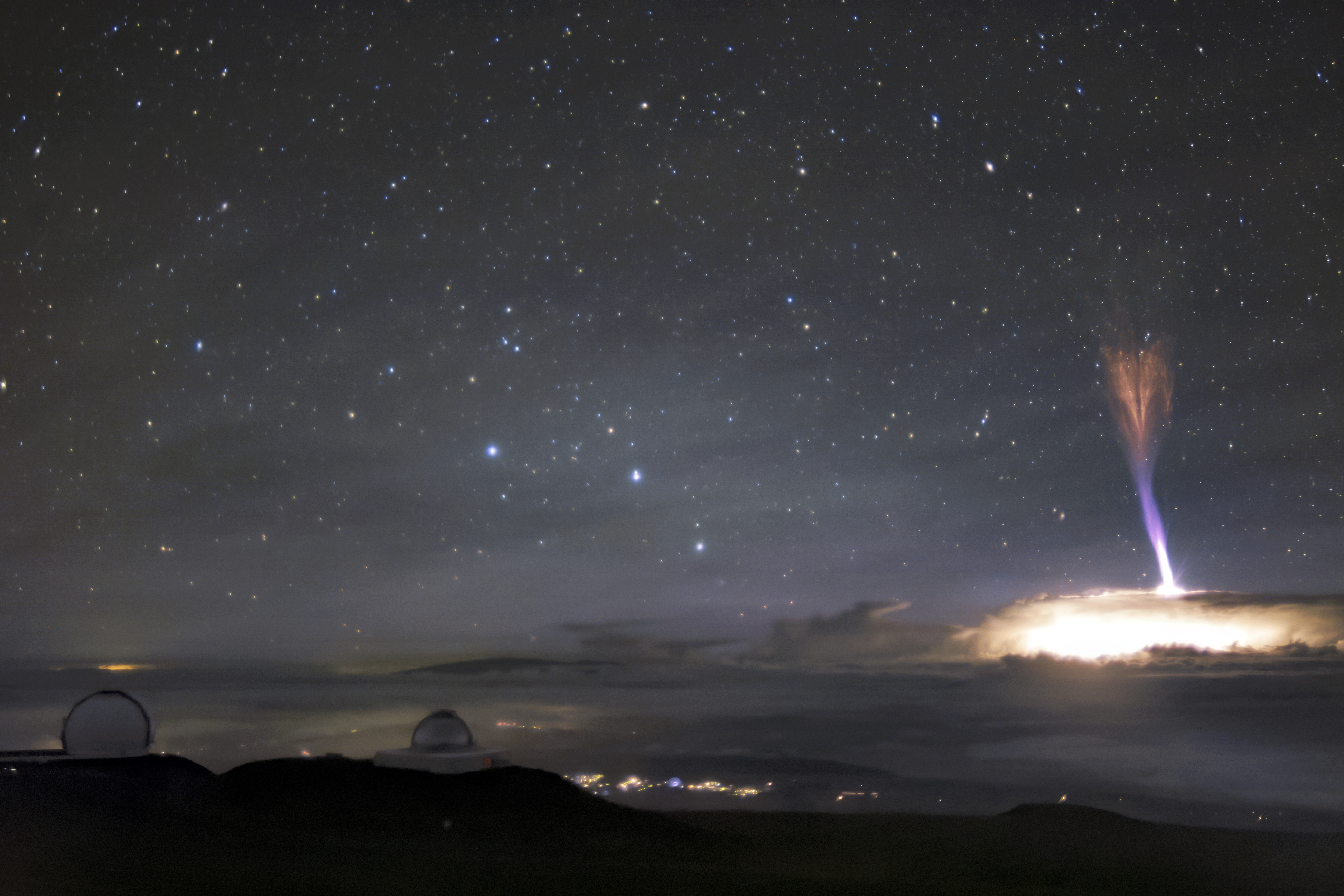
WERA (the World ELF Radiolocation Array) is a global radiolocator operating in the ELF (Extremely Low Frequency) range, which enables determining the locations and parameters of atmospheric discharges generating electromagnetic waves in the Earth-ionosphere waveguide.
Hitomi
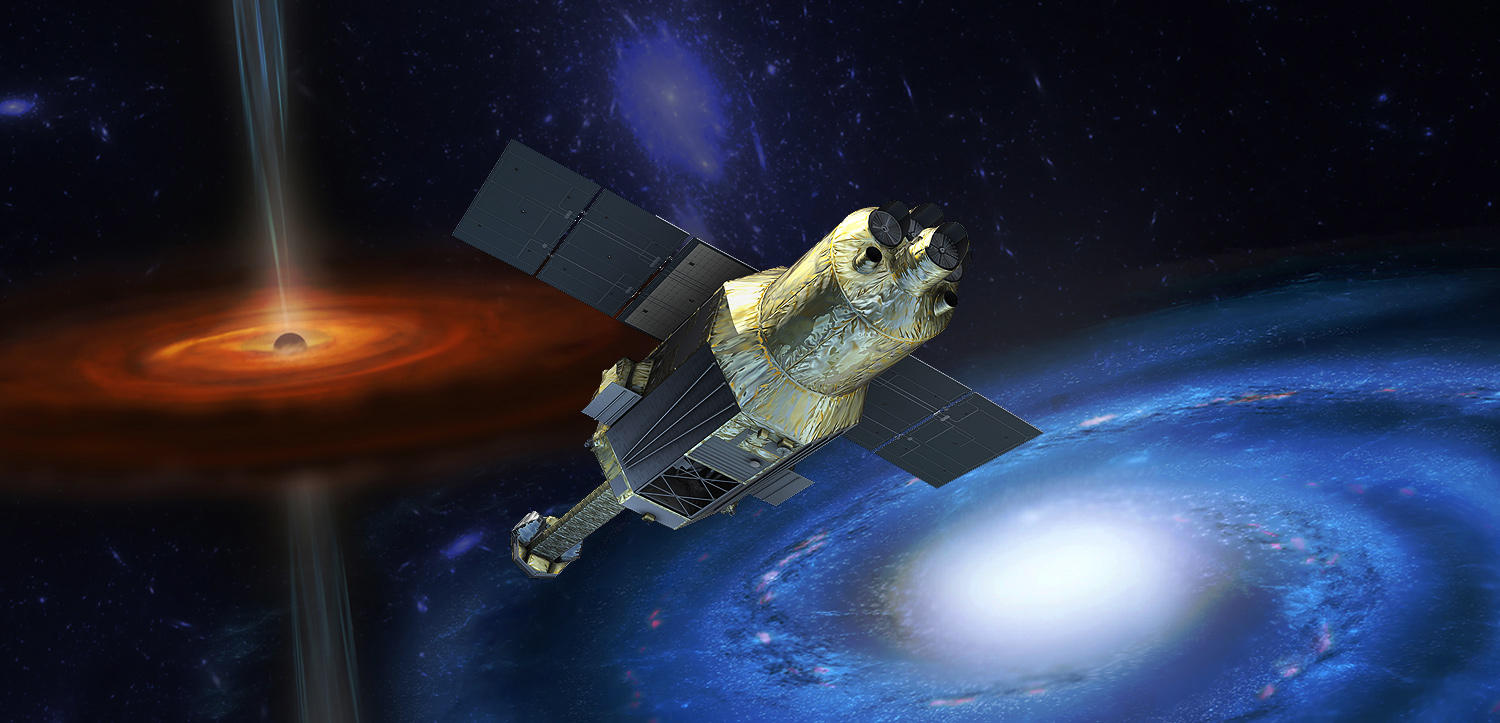
Hitomi was an X-ray astronomy satellite commissioned by the Japan Aerospace Exploration Agency (JAXA) for studying extremely energetic processes in the Universe. The spacecraft was launched on 17 February 2016 and contact was lost on 26 March 2016, due to multiple incidents with the attitude control system leading to an uncontrolled spin rate and breakup of structurally weak elements.